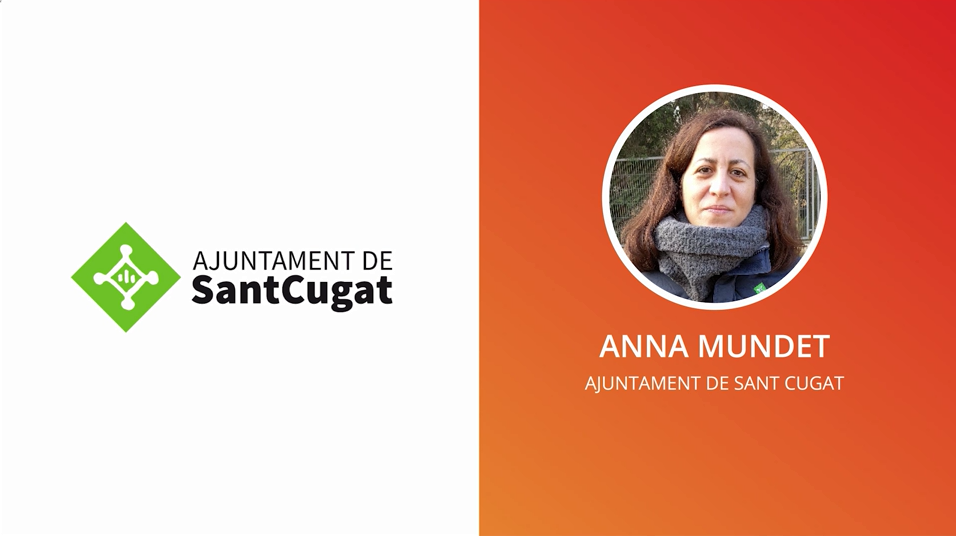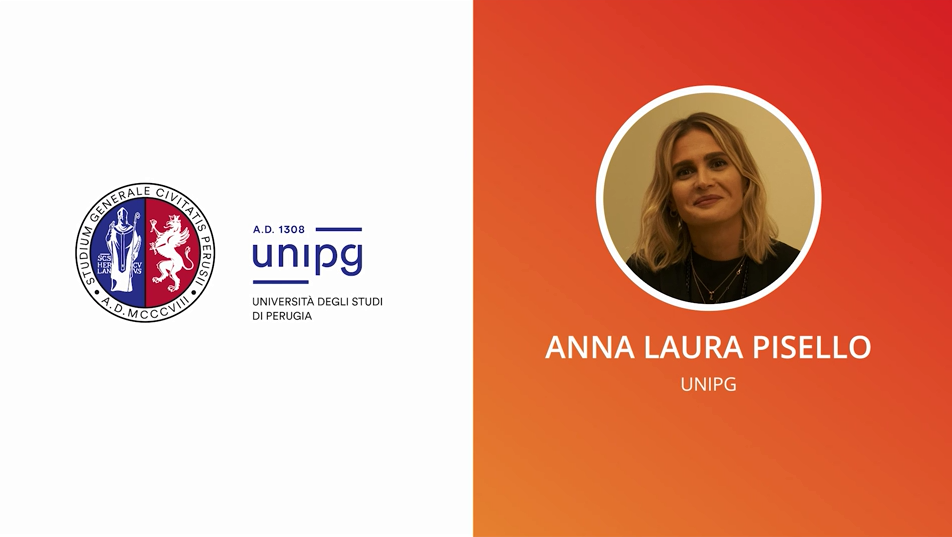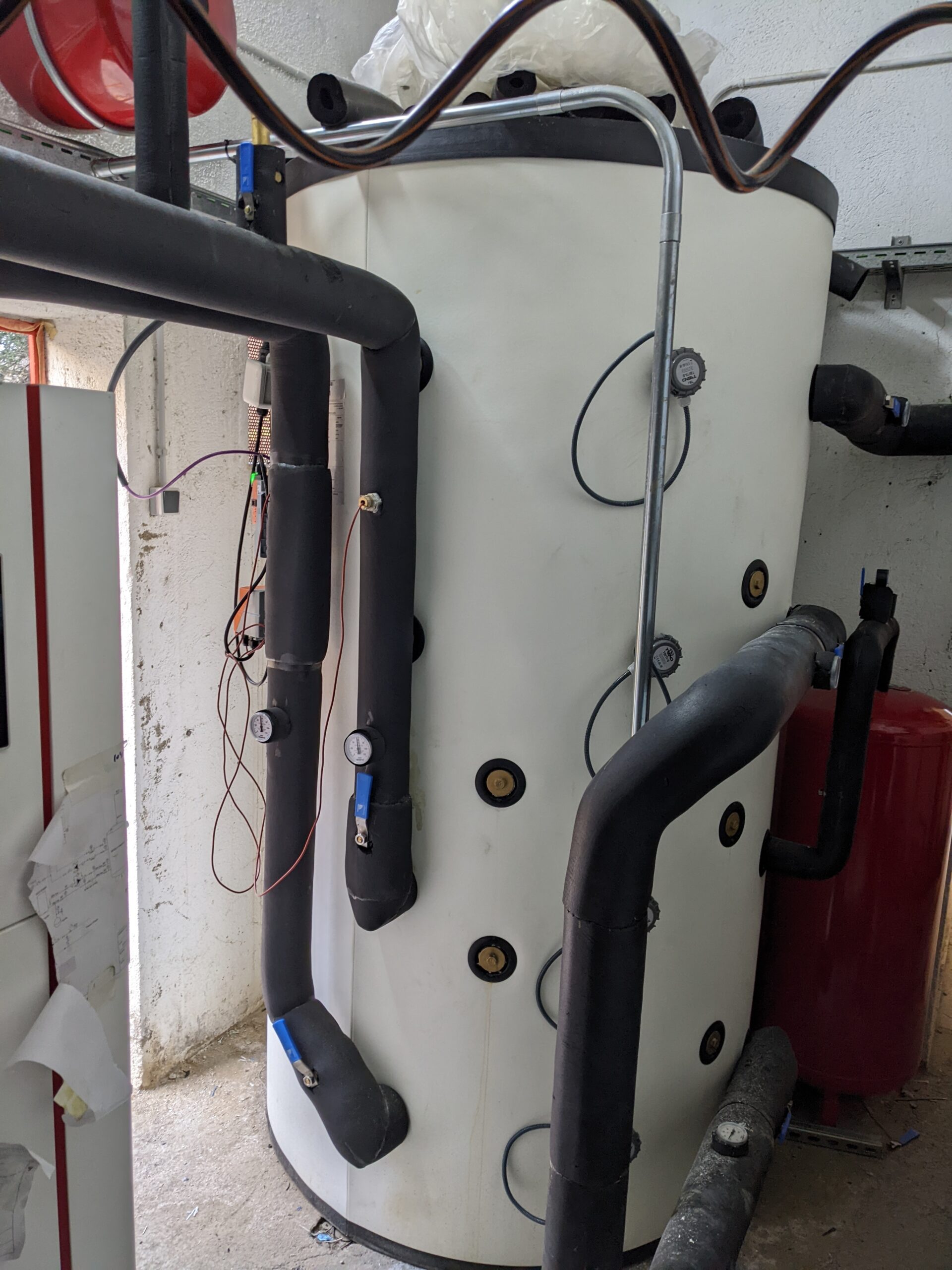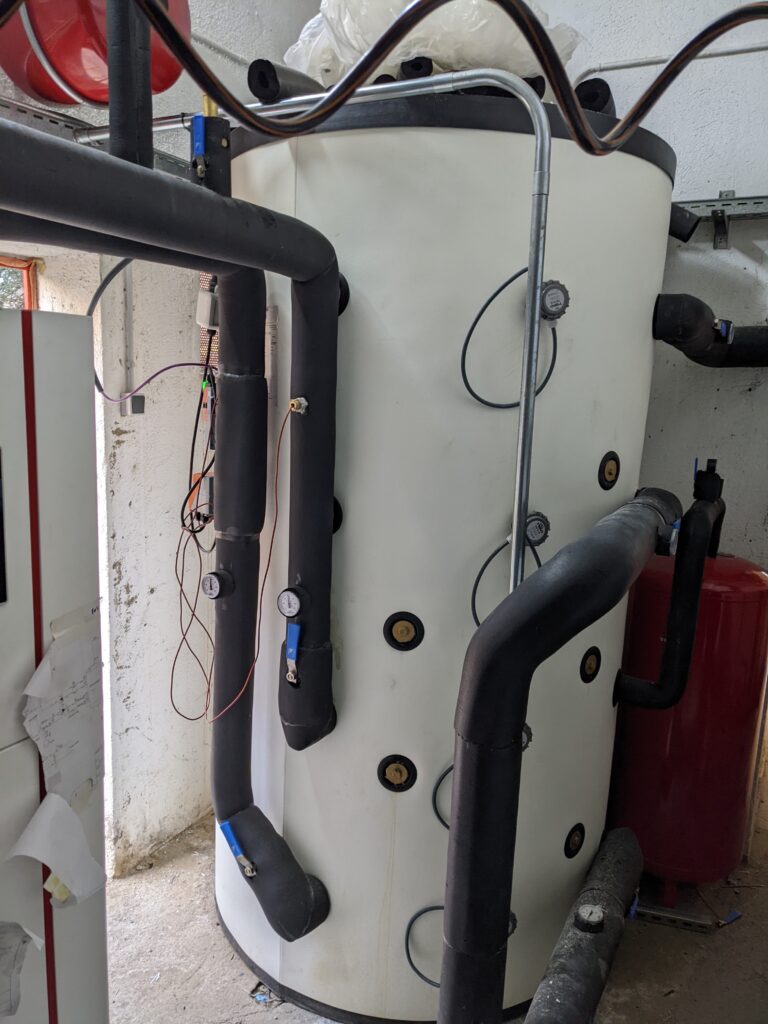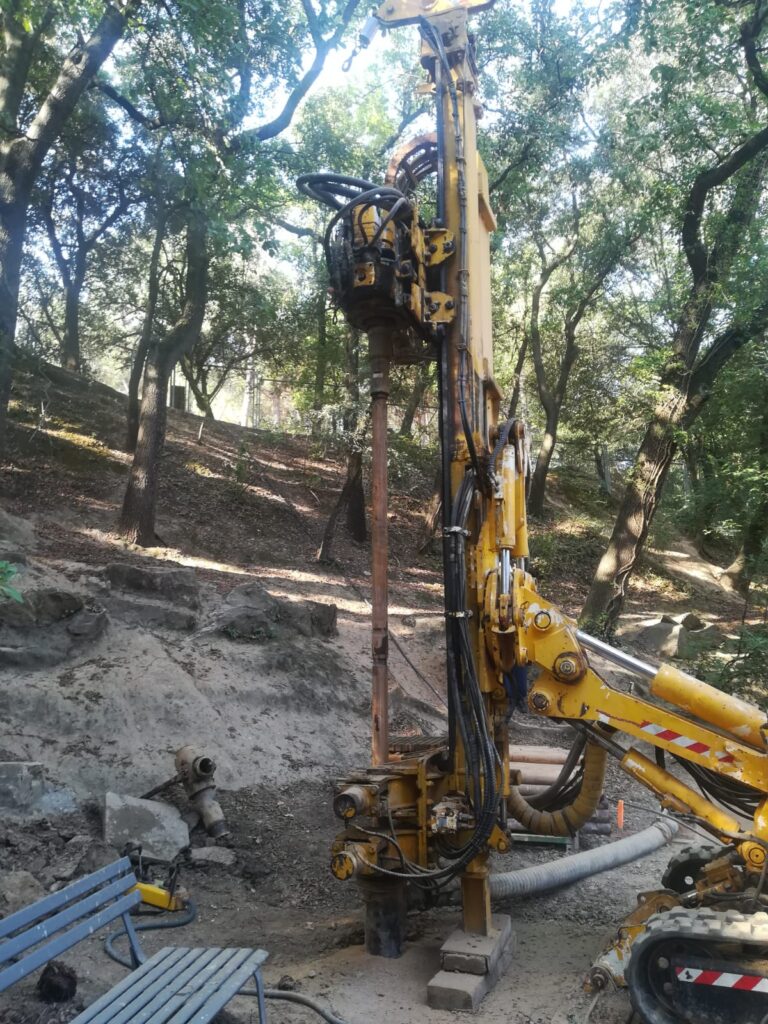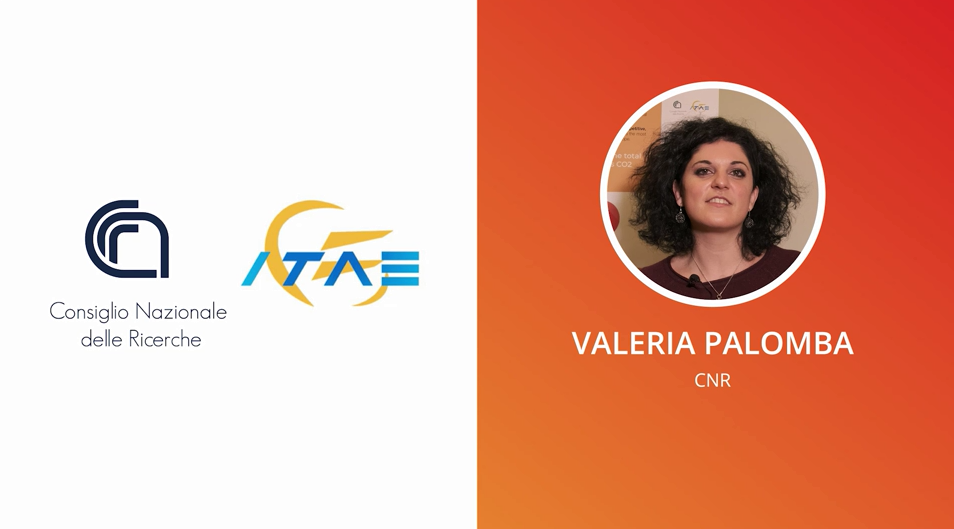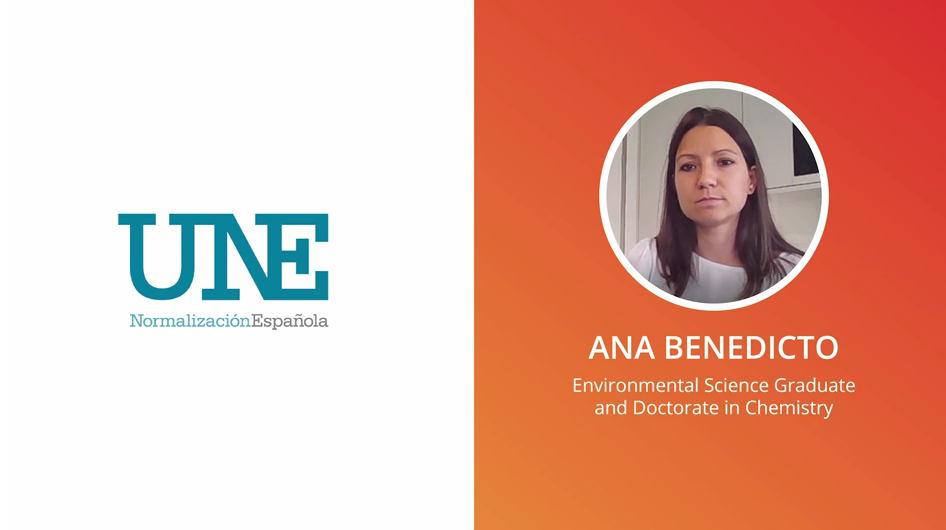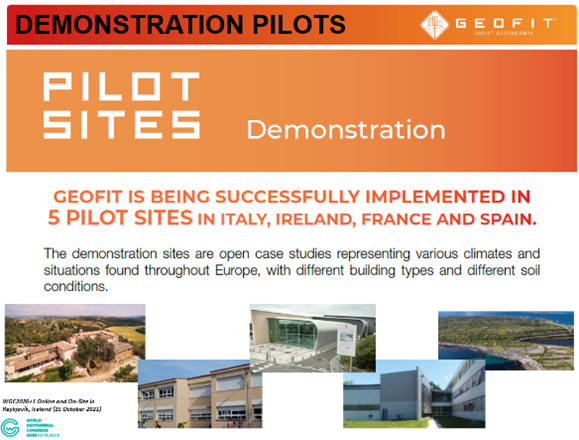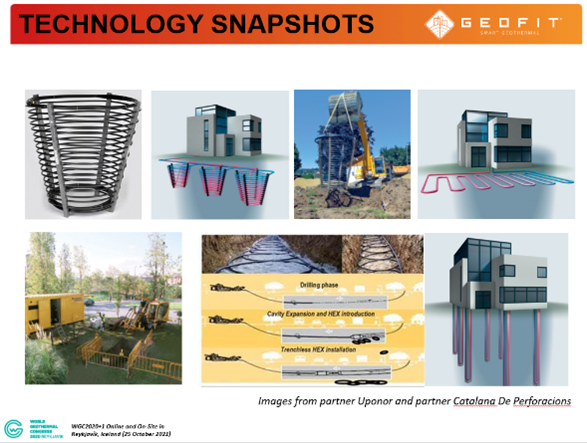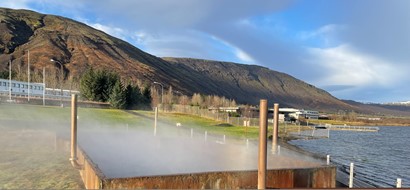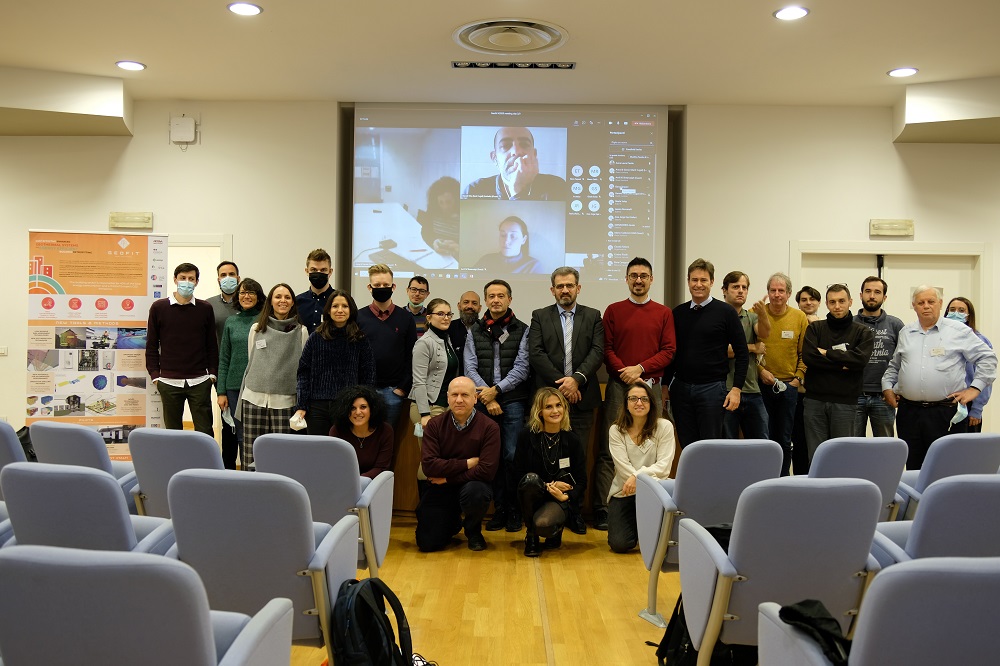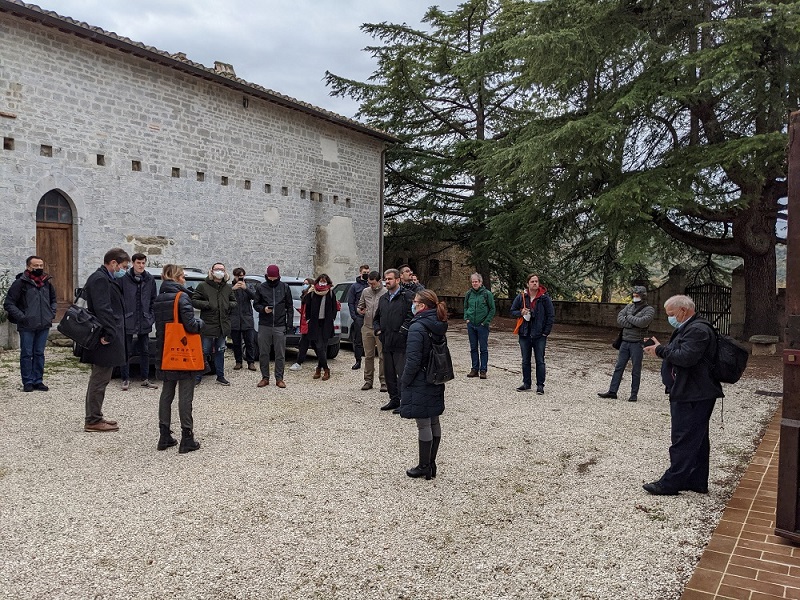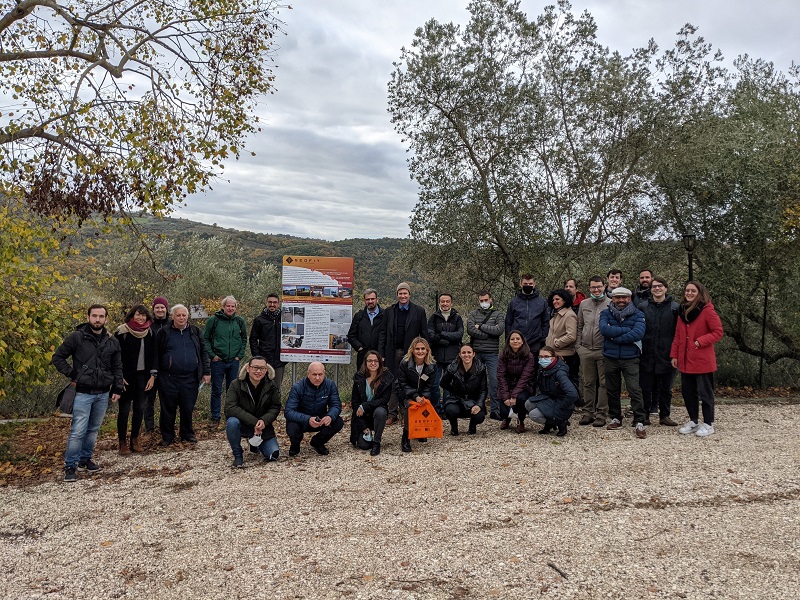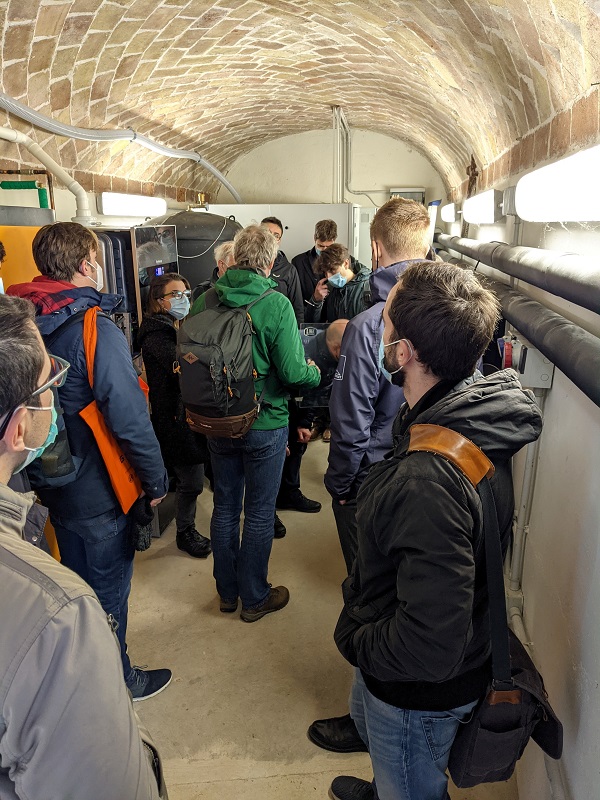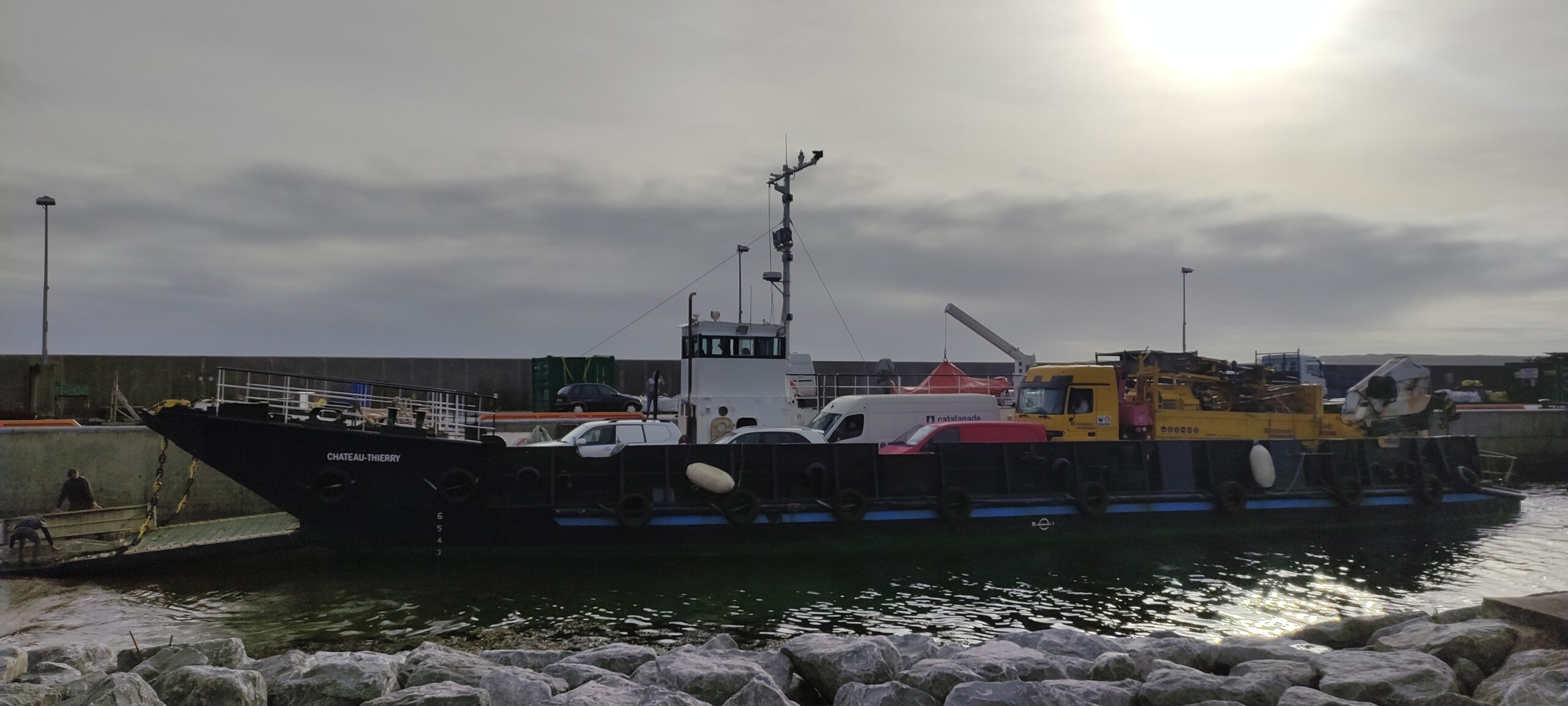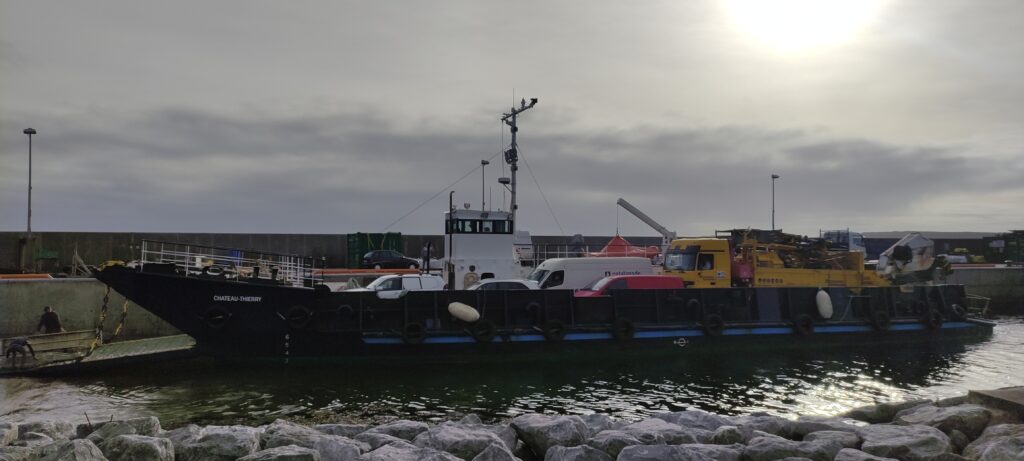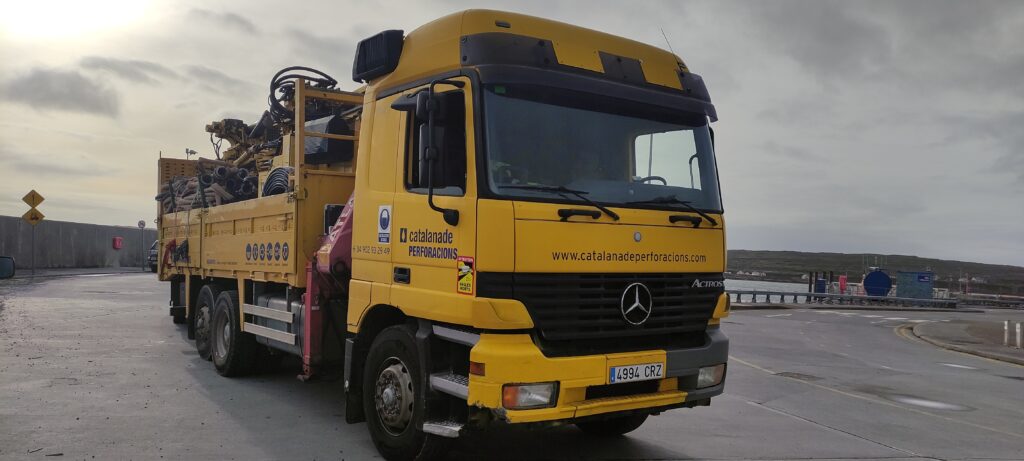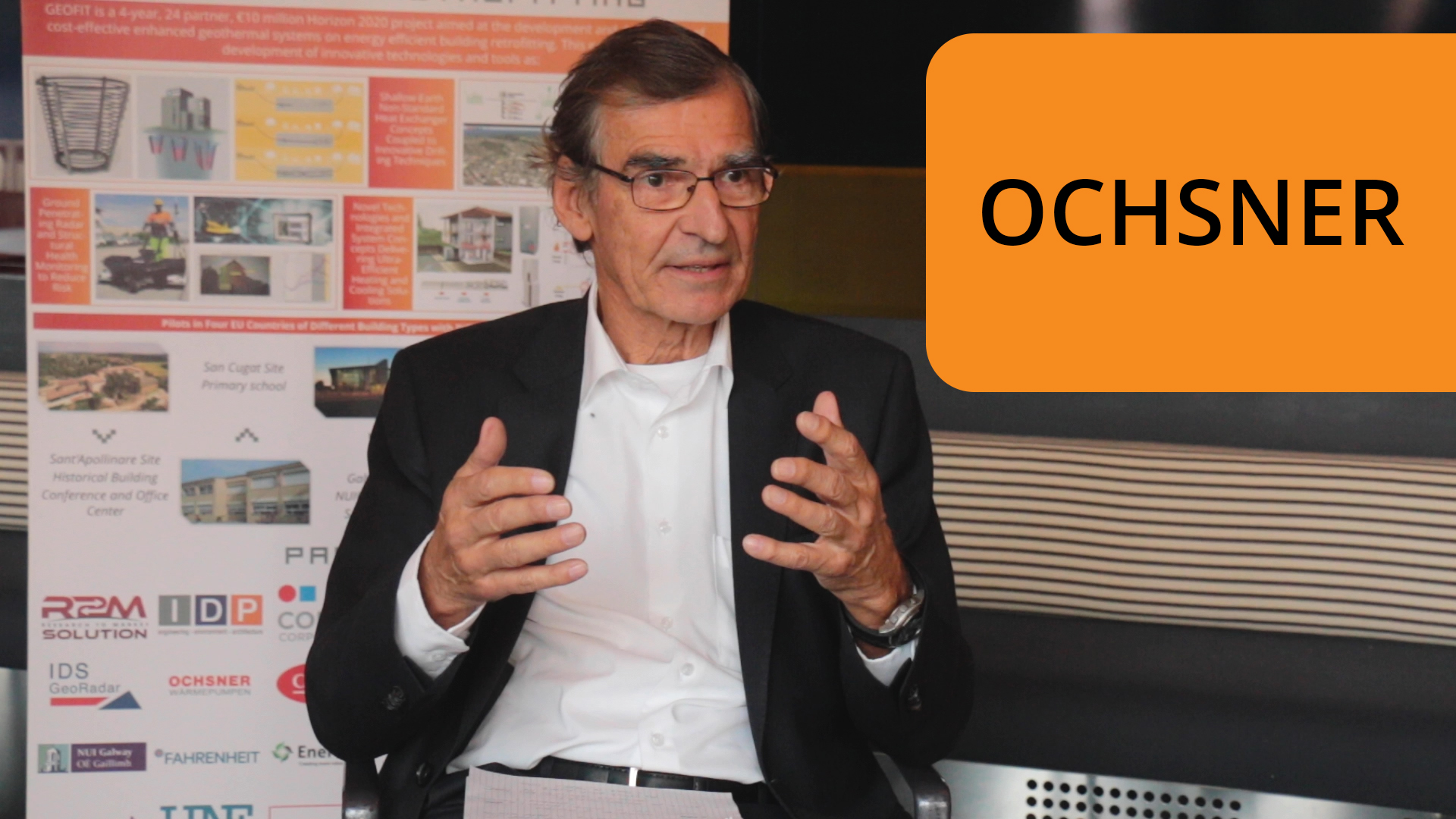The consortium of the GEOFIT H2020 project, funded by the EU, has been working during 4 years on an integrated industrially driven action aimed at the deployment of cost effective enhanced geothermal systems (EGS) on energy efficient building retrofitting. This action includes the use of 5 demonstration sites as open case studies in 4 CEN member states and corresponding different climates, featuring different representative technical scenarios/business models.
The creation of a CEN Workshop to develop specific guidelines that aid to the viable and cost-effective use of advanced enhanced geothermal systems was identified by the project consortium as a very useful way to disseminate the GEOFIT project findings and results, in accordance with the dissemination activities carried out to facilitate the acceptance and utilization by the market of the developed solutions through the interaction with the standardization system.
Thanks to the project partner UNE, the CEN Workshop on ‘Design and installation guidelines for a building retrofitting concept based on EGS’ held its kick-off meeting last Tuesday March 29th, 2022.

The kick-off started with a brief presentation of all participants, followed by an introduction of the CEN/CENELEC and the Workshop concept. Several interested stakeholders were invited, and Marco Calderoni, as Geofit coordinator, gave a brief introduction of the project.
The Workshop structure was approved during the meeting (Marco Calderoni from R2M as WS chairperson, Ana Benedicto from UNE as WS secretariat, and Antonio Galindo from COMSA as the leader of the document writing, together will all WS participants – Geofit partners and open to everyone).
The main objective is to publish the CENELEC Workshop Agreement (CWA) by October 2022. During the kick-off, participants held first discussions on the first draft of the CWA.
For more information on the project plan, visit https://www.cencenelec.eu/news-and-events/news/2022/workshop/2022-02-25-egs/
